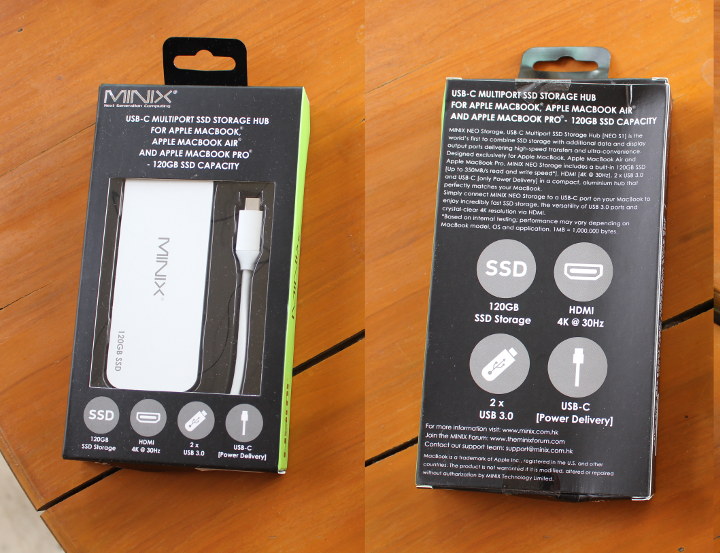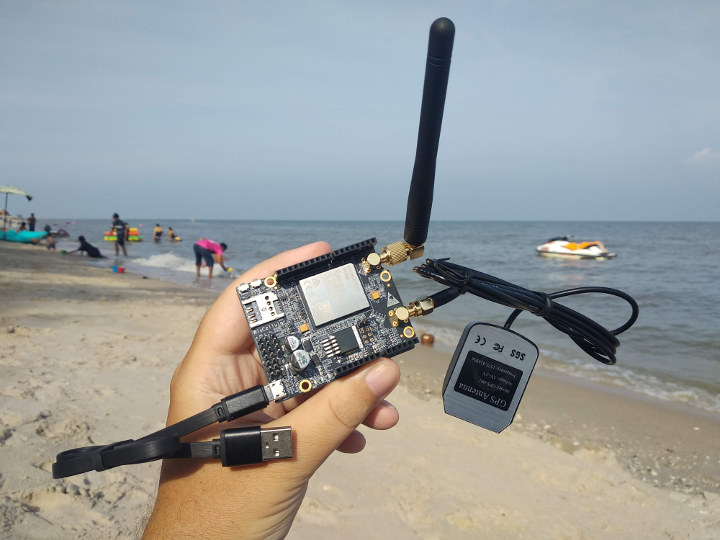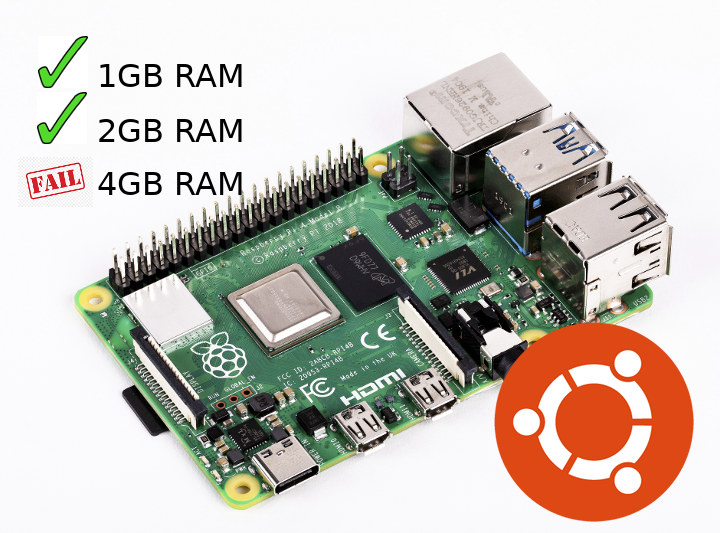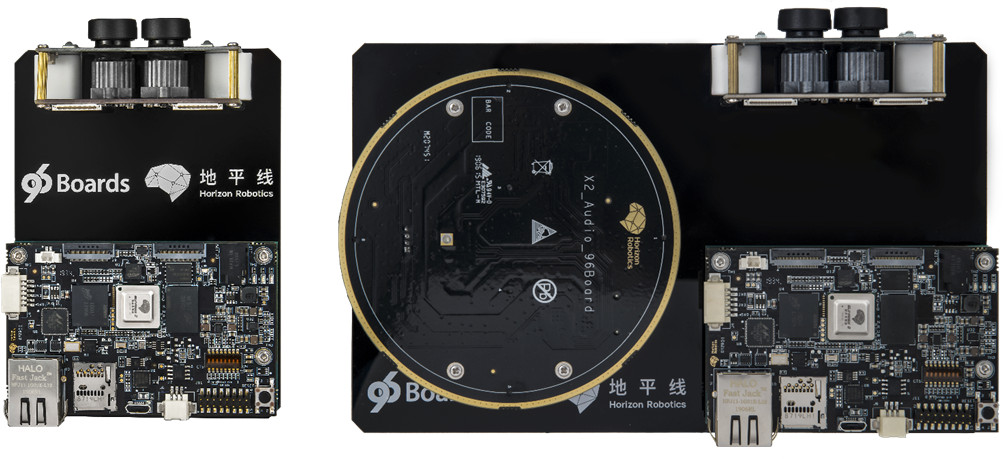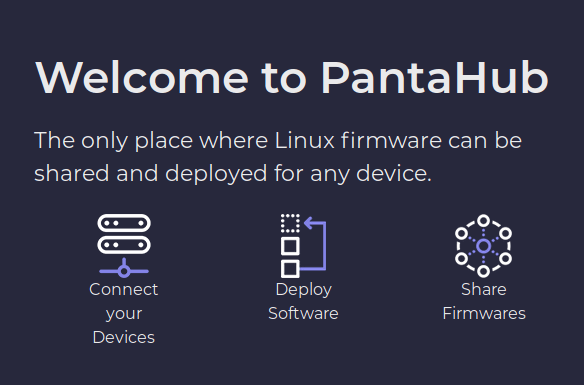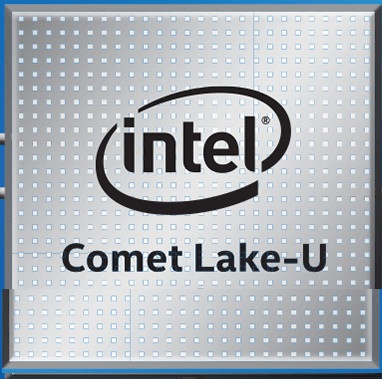MINIX NEO S1 & S2 USB-C hubs come with either 120 or 240 GB SSD storage, as well as an HDMI output, 2x USB 3.0 ports, and a USB-C port for power. I reviewed MINIX NEO S2 in details with an SBC running Ubuntu 18.04, and plan to keep it for future reviews, but since I also received MINIX NEO S1, I’ll be given it away for free to one of my readers as part of Giveaway Week 2019. While the device is designed for Apple Macbook Air and Apple Macbook Pro, it should work with any computer or board with a USB-C port with DisplayPort Alternate mode provided you want to use the HDMI output port. An extra USB-C power supply is optional, but I’ve found out it’s mostly required if you’ve going to connect one or more USB 3.0 hard drive to the hub. This item is new, […]
Intel Gemini Lake Refresh Family Announced with 6 new Processors
Intel Gemini Lake processors were first introduced in 2017, and we’ve gotten some interesting low-power mini PCs as well as SBCs such as ODROID-H2, albeit it was not with troubles since the processors were unavailable for several months. Production of Gemini Lake processors resumed a few months ago, and now the company has announced Gemini Lake Refresh family with 6 new processors. This includes three 6W mobile “N-series” processors… … and three 10W desktop “J-series” processors. Since those are “refresh” processors each new part improves on existing SKU’s with increased frequencies as noted by Liliputing. See the list of Gemini Lake and Gemini Lake Refresh processors below with the latter highlighted in bold. Celeron N4000 – Dual-core processor @ 1.1 GHz (base) /2.6 GHz (boost) Celeron N4020 – Dual-core processors @ 1.1 GHz /2.8 GHz Celeron N4100 – Quad-core processor @ 1.1 GHz /2.4 GHz Celeron N4120 – Quad-core processor […]
Giveaway Week – WisCellular NB-IoT & eMTC GPS Tracker
Rak Wireless WisCellular is an NB-IoT & eMTC Arduino shield based on Quectel BG96 module with 2G fallback that is similar to the company’s previous-generation WisLTE board, except it is certified for the global markets. I received a beta sample last year and went through the instructions to use it with a Hologram SIM card, but sadly I never managed to make it work, and eventually learned the Hologram SIM card did not support NB-IoT in Thailand. So I would have had to buy a local SIM card, but at the time, they didn’t sell those, and the only way to get an NB-IoT SIM card was to buy a development kit. Before going ahead with the purchase, I asked about coverage in my area but never managed to get a definitive answer so I gave up. So instead of keeping it in a drawer at home, I’d better just […]
Fix for Raspberry Pi 4 4GB model’s USB Ports not Working on Ubuntu 19.10
Ubuntu 19.10 server was recently released with official support for Raspberry Pi 4 SBC. Shortly after I read stories about the USB ports not working on the board, but it took another interesting turn as Canonical now explains the bug only affects RPI 4 with 4GB RAM, and USB works just fine on boards with just 1/2GB RAM. The issue has been identified and it’s been found to be a kernel bug with a solution in the works that being tested. In the meantime, you can access to your Raspberry Pi 4 4GB USB ports by limiting the memory to 3GB in /boot/firmware/usercfg.txt as follows:
|
1 |
total_mem=3072 |
Alternatively here’s the link to an updated kernel provided by Hui Wang with you want to test it out: I built a testing kernel, not only includes the fix for USB host, but also includes all new patches from https://github.com/raspberrypi/linux.git rpi-5.3.y branch (about 107 […]
Giveaway Week – Balena Fin Developer Kit
We’ve been organizing “giveaway weeks” every year since 2014 on CNX Software to send some of the review samples to our readers. Let’s do it again in 2019 starting with Balena Fin developer kit based on Raspberry Pi 3+ Computer Module (CM3+) with 8GB flash and a carrier board in order to get started with BalenaOS operating system and the company’s balenaCloud service. Instead of a traditional review, we wrote a getting started guide for balenaFin Developer Kit, balenaOS and balenaCloud, where we explain how to flash the OS to the board, configure it, run a container, and manage the device, including container updates, from Balenacloud. The winner will receive the full kit below with carrier board, Raspberry Pi CM3+ module, CR1225 battery, enclosure, power supply, and MicroUSB cable. It will come already assembled as shown in the first photo. To enter the draw simply leave a comment below. Other […]
BOOTPRINT X2 96Boards AIoT Development Kit Features Sunrise 2.0 AI Processor
Horizon Robotics BOOTPRINT X2 is an AIoT / AI computing development kit providing a complete reference solution from device to cloud integration. The board is powered by the company’s Sunrise 2.0 AI edge processor based on the second-generation BPU (“Brain Processing Unit”) architecture that delivers up to 4 TOPS at low power consumption and is said to follow 96Boards specification, although from the photo below they’ve taken some liberties with the option (e.g. added a Gigabit Ethernet port). The board has now launched yet, and we have limited information about BOOTPRINT X2 kit specifications: SoC – Horizon Sunrise 2.0 AI edge processor with 4 TOPS equivalent AI processing power (no mention of architecture) System Memory – 1GB LPDDR4 RAM Storage – 4GB eMMC flash, MicroSD card socket Connectivity – Gigabit Ethernet Camera I/F – Dual 1080p camera inputs for symmetric binocular camera, combination of infrared and visible light. Audio – […]
Pantahub Enables Seamless, Remote Linux Firmware Updates Over-the-Air
Let’s say you’re running Raspbian on your Raspberry Pi 4 board, but would like to check out the latest Ubuntu 19.10 for the board. What would you normally have to do? After downloading the firmware and turning off your Raspberry Pi 4, you’d normally need physical access to your Raspberry Pi 4 to remove the MicroSD card, insert it into your computer and start balenaEtcher or other utility to flash the image. Once it’s done remove the MicroSD card from your PC and insert it back into the Raspberry Pi SBC, before booting it up. That’s fine for experimentation, but time-consuming if you had to do this for multiple boards that may be placed in various locations. That’s where Pantacor’s PantaHub, PantaVisor, and PVR utility come in. Pantahub is a web dashboard used for registration, to monitor your devices, and documentation, Pantavisor is an Alpine Linux based device init system […]
Intel Introduces Celeron 5205U & Pentium Gold 6405U Lower Cost Comet Lake-U Processors
Intel officially launched the 10th Generation Comet Lake processor family at the end of September with a choice of Core i3, i5, and i7 processors with 15W TDP (Comet Lake-U) or 4.5~5.5W TDP (Comet Lake-Y) which we’ve so far found in some laptops including some running Linux, and Windows mini laptops among other devices. Intel has now quietly added two new SKU’s to their 15W Comet Lake-U with respectively Intel Celeron 5205U dual-core processor and Pentium Gold 6405U dual-core/quad-thread processor which will come at a lower price than their Core i3/i5/i7 siblings. We’ll find the two new processors at the top of the comparison table below together with previously launched Comet Lake-U processors. SKU Cores / Threads Cache TDP/ UP TDP Base Freq (GHz) 1C Turbo (GHz) AC Turbo (GHz) GPU Freq (MHz) Memory support Celeron 5205U 2/2 2MB 15W 1.9 N/A N/A 900 LPDDR3 2133 /DDR4 2400 Pentium Gold […]


